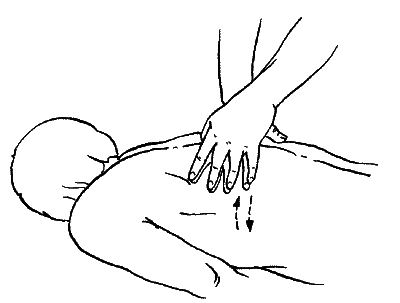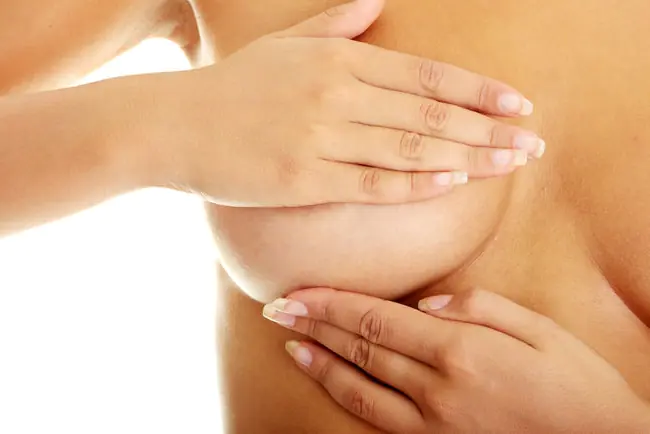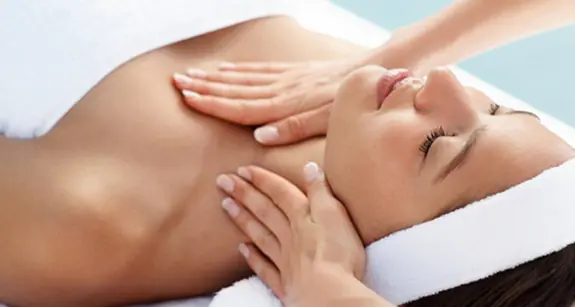For many years, massage has been not only a useful procedure, but also an independent means of treating many diseases.
The purpose of this massage is to eliminate or alleviate tissue pathology.
The procedure allows you to improve your overall well-being and cure various diseases. The following pathologies can be identified for which massage is used:
- thrombosis;
- edema;
- hyperemia;
- inflammation;
- atrophy;
- musculoskeletal injuries.
The execution technology can be divided into two groups:
- general - designed for the entire body;
- local - designed for a specific part of the body using certain massage techniques.
In addition to its obvious therapeutic nature, massage can be used for preventive purposes, i.e. for the purpose of preventing the disease or for its active treatment. It is distinguished from therapeutic therapy by the number and frequency of sessions: 1-2 times a week for a longer period. One treatment course includes 15 procedures.
I would like to note that the procedure affects the physical, energetic and emotional levels. Depending on the indications, massage can tone and calm the body, giving vitality.
Massage for nervous diseases
Massage acts on nerve endings, nourishing and improving conductivity. Stroking and kneading significantly alleviate the acute form of neuritis. In chronic forms, techniques such as rubbing, tapping, chopping, and shaking are added. Massage techniques are performed along the nerves.
For neuralgic diseases, stroking along the lymphatic vessels, rubbing pain points and the area of the affected nerve is performed. The massage affects the entire facial area. What points are massaged:
- points of the inner corner of the eye;
- at the supraorbital notch;
- on the upper lip;
- on the lower jaw.
After rubbing the points, a classic massage of the head and back of the neck is performed.
In the presence of intercostal neuralgia Stroking is performed from the spine to the sternum along the intercostal spaces.
- Pain points located at the spinous processes, at the sternum and in the armpits are massaged.
- Deep rubbing of each zone is performed for 1 minute.
- Next, patting the left side of the chest is performed.
- Then chop the back along the spine.

Massage for intercostal neuralgia
For thoracic neuralgia it is necessary to carefully examine the chest area and differentiate it from neoplasms, because massage cannot be performed with the latter. If there is neuralgia, a lump the size of a pea and up to the size of a walnut can be felt. When palpated, it is painful to the touch.
The patient should be in a semi-recumbent position. A small roller is used for this. How the massage is performed:
- The breast is grasped with both hands and stroking is performed upward from the nipples.
- Hold the breast with one hand and lightly rub in a circular motion around the lump or pain point with the other.
- Next, the pain point itself is rubbed. Rubbing is done with the index and middle fingers.
- You need to end the session with stroking. The duration of the procedure is 10-20 minutes.

Breast massage
For neuralgia of the shoulder joint, a classic arm massage is performed, as well as rubbing the pain points, shaking and tapping the outstretched arm.
Massage for respiratory diseases
For respiratory diseases, massage has a therapeutic effect and is also used as a preventive measure. It is used to treat laryngeal paralysis and chronic catarrhal symptoms of the nasal mucosa and larynx.
For diseases of the nasopharynx perform stroking the bridge of the nose, rubbing the bone and cartilaginous part of the nose. Rubbing is done with the thumb and forefinger.
- With one hand the massage therapist supports the head, placing it on the back of the head, and with the other he performs massage techniques.
- The massage is performed in the nasal cavity using a probe previously moistened in a disinfectant solution or ointment. Stroking and shaking rubbing are performed.
For acute catarrh of the larynx The masseur strokes and rubs first the front surface of the neck, and then completely. The patient immediately feels relief. With this disease, techniques such as “concussion” and “effleurage” are not used.
For chronic bronchitis A particularly thorough kneading of the chest from the front, side and thoracic back is performed. The technique of shaking the chest and intercostal space is also used. The massage session ends with patting movements and chopping of the back in a standing position.
For bronchial asthma massage is performed to eliminate blood stagnation and improve overall blood circulation.
- The massage begins with vigorous kneading of the upper and lower limbs.
- Next, a concussion is performed with pressure over the entire surface of the chest. Light shaking of the sides of the spine is performed with special attention.
- Then the massage therapist proceeds to chopping along the entire surface of the back.
- The procedure ends with patting the back and chest. During the procedure, your arms should be extended upward or to the sides.

Concussion with deep pressure
Massage for cardiovascular diseases
Massage for cardiovascular diseases is very effective. Particularly useful in cases of enlargement of the heart muscles and heart defects. A positive result is noticeable in cases of obesity of the heart muscle and nervous disorders of the cardiovascular system.
Particular attention is paid to massage of the cardiac area.
- First, the massage therapist strokes the left, partially right, side of the chest. The movements are smooth, directed from top to bottom and from left to right. The massage is performed with the palm of your hand.
- Then the massage therapist begins to chop the left side of the sternum. The reception is performed within 1 minute.
- Next, stroking is carried out and the heart area is shaken again.
- The next series of shocks is carried out along the left side of the chest, bypassing the heart area. To do this, the palm is placed flat and small shocks are performed.
- The same technique can be performed with two hands placed on top of each other.
- The procedure must be completed by stroking the entire chest.
The entire procedure lasts approximately 10 minutes, after which the patient is asked to rest.

Stroking the left side of the chest
Depending on the effect you want to achieve, a specific type of medical massage is selected. It could be:
- classic - the action is aimed at the diseased area;
- point - affects biologically active points;
- hardware - performed using special devices.
Experienced specialists will select a specific course of massage that accompanies a specific disease. It goes well with such types of procedures as mud therapy, traditional therapy, physiotherapy and others. Many experts call massage a functional and universal method of treating many diseases and injuries.
Contraindications:
- fungal skin diseases;
- lymphadenitis;
- acute inflammatory diseases;
- acute thrombophlebitis;
- extensive varicose veins;
- mental disorders.
Due to the fact that the whole body is involved in the process, there is a significant improvement in blood circulation and activation of metabolic processes.



